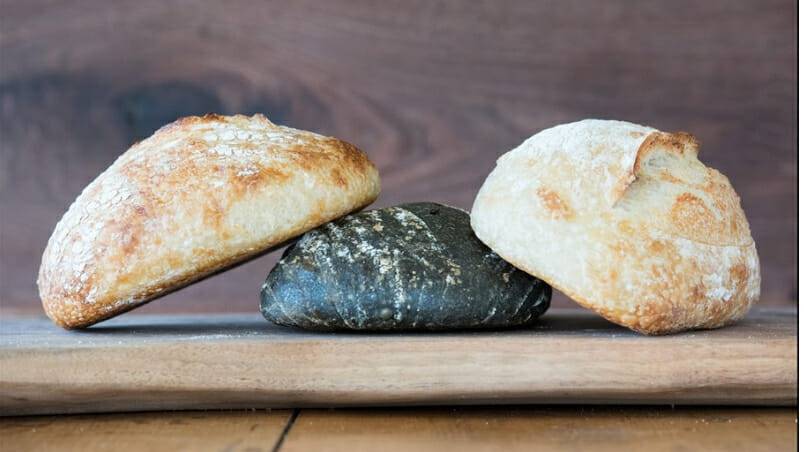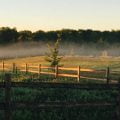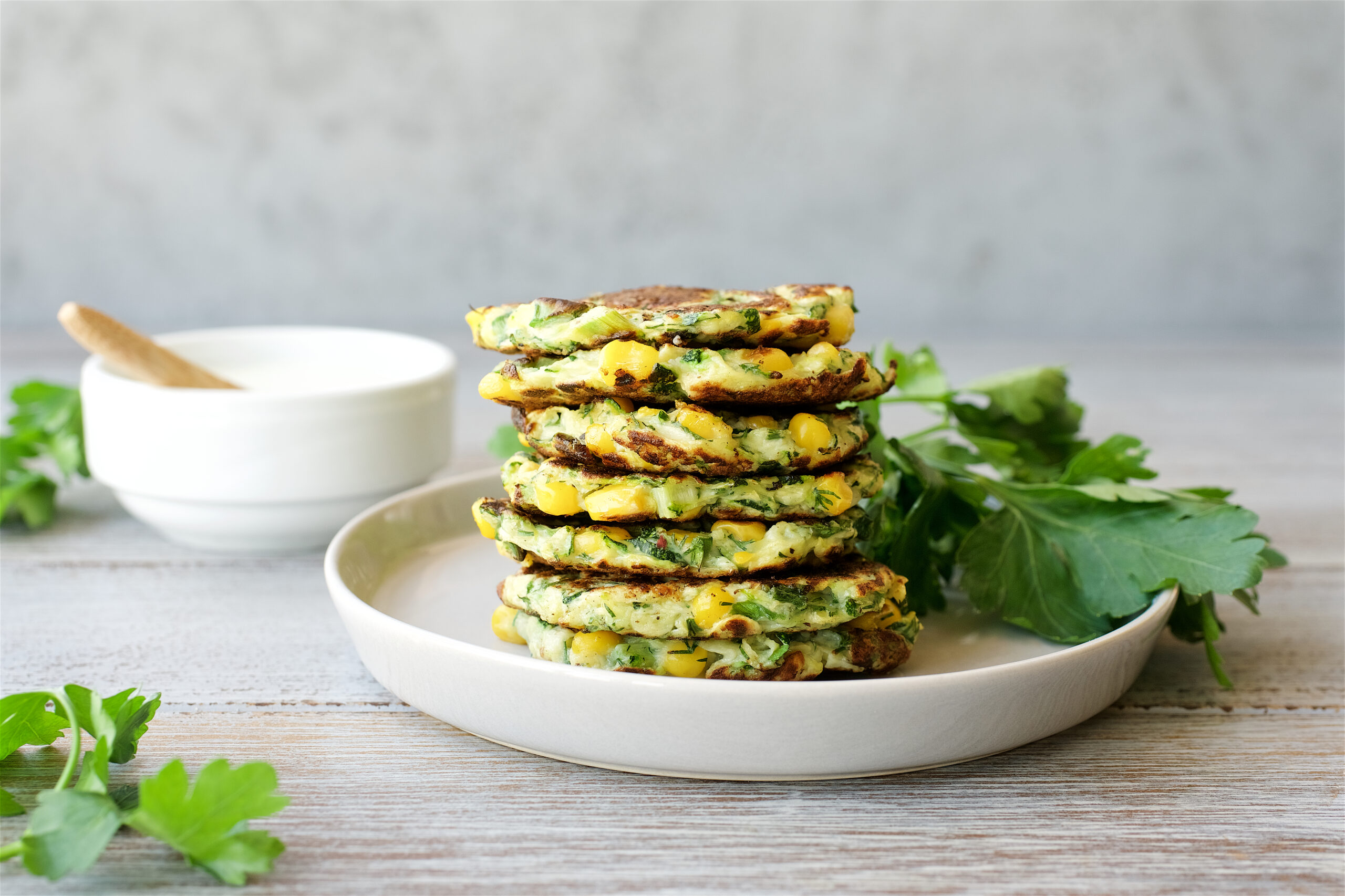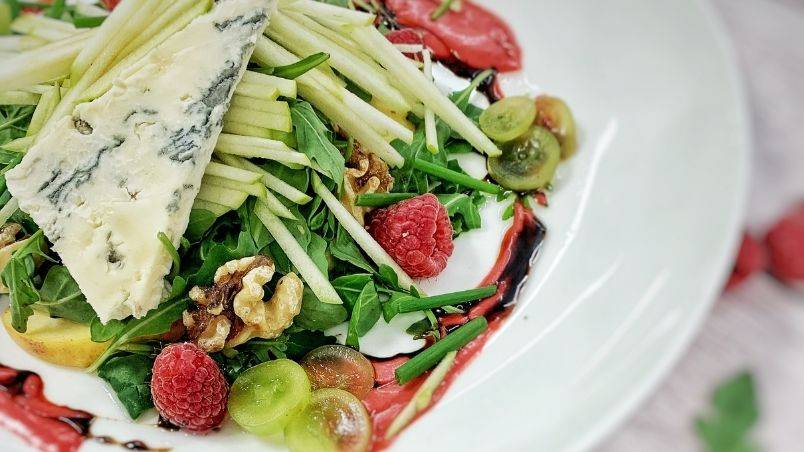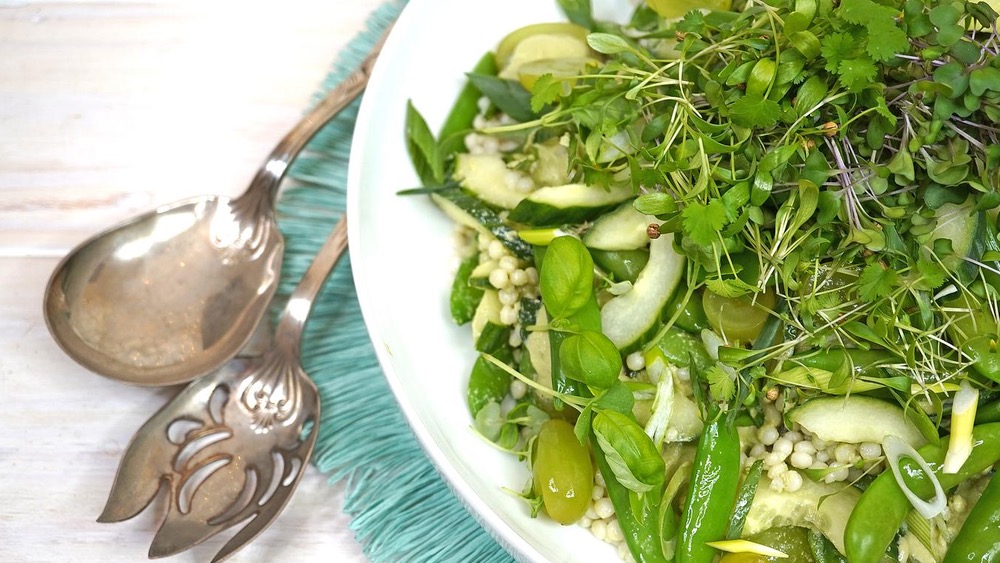Sourdough is an elusive item in my kitchen. I love using it and having it fresh and active in my refrigerator but mostly these past years, it is absent, having been neglected and then pitched out. When it’s gone, I miss it, when I have it on hand, I’m not the most attentive baker and often I lose it. Sourdough starter is a romantic notion for me.
INSPIRING MEMORIES
When I was 13, I asked my parents to take me out to De Smet South Dakota where Laura Ingalls Wilder lived with her sisters and parents. It’s the cabin that Pa built with the trees he planted, one for each member of his family around the log home. You may recall that Laura was the author of the Little House on the Prairie Series. She was born in Wisconsin in the Big Woods and then moved west with her Ma and Pa and her sisters, finally settling as an adult in Missouri when she married Almanso Wilder and wrote her Little House book series.
I loved those books and the stories that Laura told about her family and travelling in a wagon across the country. It was through her books that I was introduced to sourdough and how the early pioneer women would have their tins of sourdough that they kept in the wagons to be used for all the breads made on the evening fires. I wanted to see where Laura lived and immerse myself in her world. My parents obliged. I don’t know what I was thinking I would see when we arrived in De Smet. It was several days drive for us and I remember it was very hot. There were not many large communities in that part of South Dakota. When we arrived, the trees were there and a museum for us to tour her school and some other outbuildings but the cabin was gone. I’d have to imagine the rest of what her world looked and felt like.
SOURDOUGH IMPRESSIONS
Laura made an impression on me as she did for so many others and how she remembered the pioneer way of life even though her books were published in a modern day – the 1930’s and 1940’s. I remember her descriptions about her daily life and that of her Ma and Pa, the enormity of chores that were necessary just to maintain life in the family’s little cabin. The concept of sourdough for me was a romantic one. I read about how women passed down the starter through generations, each woman giving a little something of home to a daughter leaving the nest. It represented the sustenance of life, the starter allowed for the baking of bread so no matter the hardship, a loaf was the staple of the dinner table, not matter how rough a table that might be.
THE STARTER MATTERS
I wanted to have my own sourdough to keep on my own journey through life. That was a nice concept but didn’t last long. I neglected my starter many times and had to throw it out and start again. The concept of starter is to build a loose, yeasty dough from fermenting equal amounts of water and flour with a pinch of sweetener like sugar or juice. Stir the mixture well and leave it in a warm place loosely covered in a warm place – a kitchen counter might be a good spot. Check on the fermenting process by peeking under the cover every couple of days. Little bubbles should begin forming on day two. I usually give it a quick stir and cover again and leave it until it begins to give off a yeasty odor about day 4. I stir it again, cover and wait another few days. The bubbles should be well formed and you have a sort of sponge mixture that has a lovely aromatic smell of wild yeast. The starter is finished.
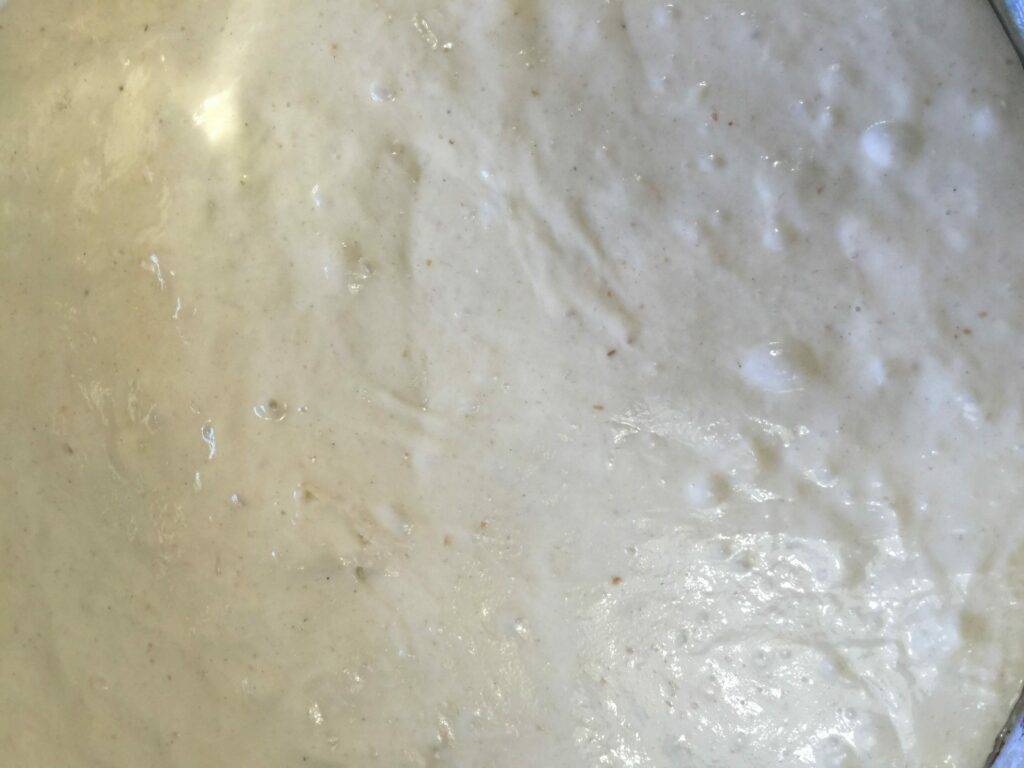
The secret to good Sourdough is to get the starter right.
LET‘S TALK FERMENTATION
The fermenting process takes about a week to become fully functioning, leaving a loose mixture with little bubbles that can be used to “start” a loaf of bread or some other type of dough. My mother would take out her starter on Saturday morning, bringing it up to room temperature throughout the day. She kept her starter in an old Bennington Pottery pitcher that belonged to my grandmother. Later in the day, she brought out a bowl she would use to make pancakes. My mother does not like using baking soda or powder as a leavening agent.
She would use the starter to make her pancake batter for the next morning. She added about ¼ cup of starter to a mixture of flour and water and a pinch of sugar and stirred that mixture together for use the next morning. She would keep it out on the counter overnight. Then she would put in the same amount of flour and water back into the starter mixture. Stirred in to the original starter, she covered it and would also leave it out on the counter overnight. In the morning, the starter went back to its home in the refrigerator until the next time it was needed. To the pancake batter she would add eggs, milk, vanilla, blueberries frozen from the summer and begin cooking. Her pancakes always had a unique soury taste to them, they were thin, not too cake like. We would warm the maple syrup up and serve.
SOURDOUGH IS LIKE A GOOD RELATIONSHIP
The concept is that you take out as much you need, always leaving enough behind to continue a new starter and adding flour and water to replace what you have used. When I describe using sourdough to others, I always equate it to a relationship. If you nurture the starter, giving back what you take away, the starter will always be there for you. Feed the starter over time even if you are not using it by removing some, adding more flour and water to keep the starter happy. It’s a simple process but one in our busy worlds, that we forget about. Not to mention, who has time to bake bread any longer. It is a delicate balance.

My last batch of starter I had kept in the back of a second refrigerator that I have. When I remembered it was there, I pulled it out and looked at a dark blackish brackish mess of dough that had been abandoned and unloved. I felt horrible throwing it out entirely. I decided at that point that having the starter at that juncture of my life would not work out. Nevertheless, I so appreciate the products that come from sourdough. Delicious bread. We make it here on the farm for all our events. Our baker Dylan, has a starter he has kept alive for over 18 years. That is indeed a miracle. His bread has a quality that tastes of care and love. I may begin my starter again soon. I feel that with winter now settling in, a sourdough starter belongs in the kitchen. I have time to make pancakes for my girls when they are home and most importantly, I’ll have the time to take proper care of it.
For more tips about sourdough from an expert bread-maker, check out Peter Reinhart’s blog.

About Danielle French
I founded South Pond Farms in 2008. The property is on the Oak Ridges Moraine in the traditional territory of the Anishinaabe Mississauga. South Pond started as a small food delivery business making fresh prepared meals from ingredients in my garden. Together with my family, we restored the barn, the iconic heritage silo and the land to become a destination for authentic culinary experiences, weddings, celebrations, workshops. Inspired from the farm, I also create a line of culinary products and gifts.
In 2021, I was ready to move away from the farm. As much as I loved the land and the country, it was time to let someone else bring their passion to what we had created. My new home is in Peterborough, Ontario where I’m taking some time to write, contemplate next steps, train my dogs, blog about recipes and interesting explorations and unpack!

